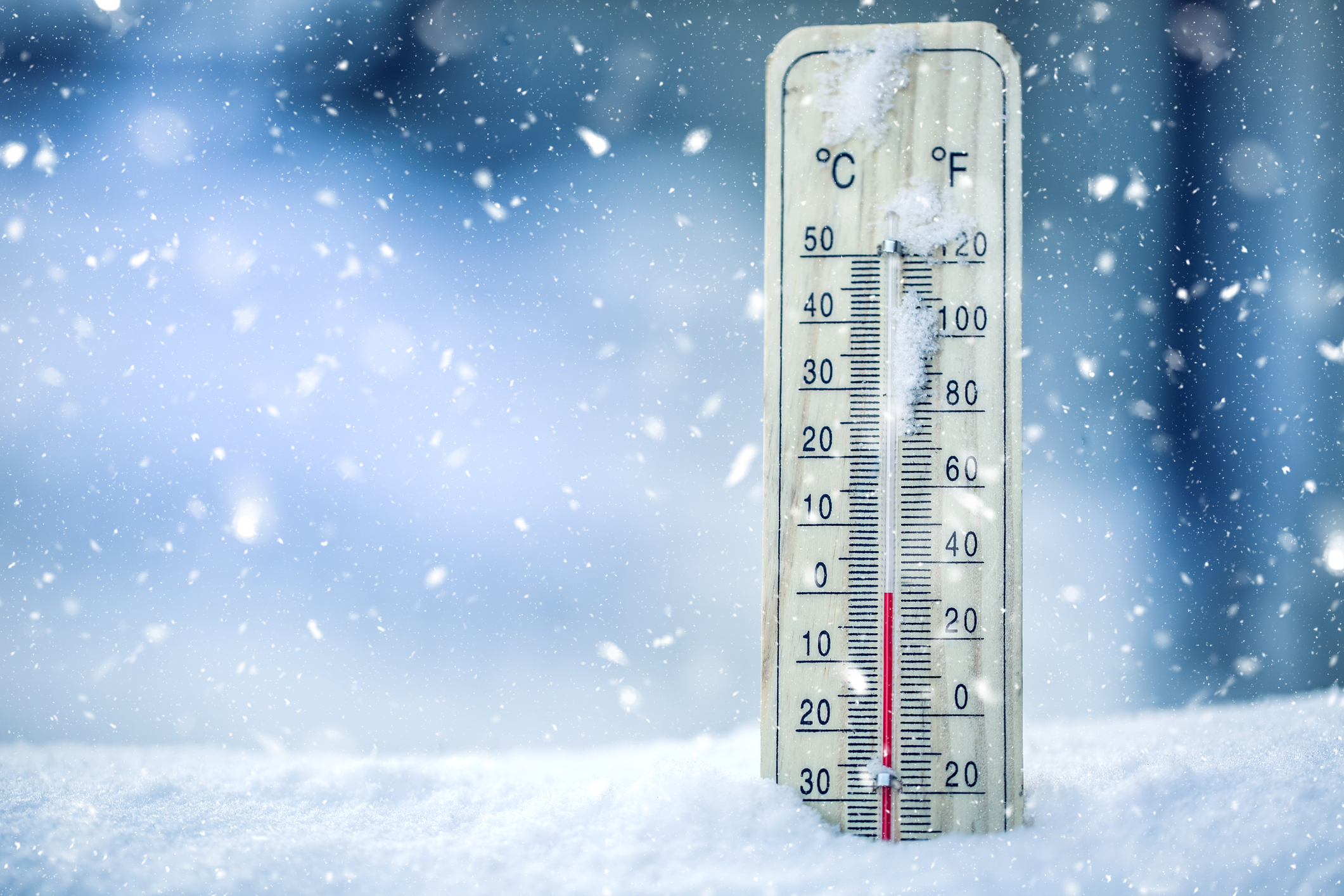

"The reason this occurs is that we all have a thin, warm layer of air around our body, and the wind comes along, and it strips away that layer, leaving our skin exposed so that we feel colder." "Then, when you head outdoors, you feel it's a lot chillier than 22 ☌."

"So, for example, if you're about to head outdoors, you check the temperature forecast, and it says 22 ☌, so you decide to leave the jumper at home," explains Jenny Sturrock, senior meteorologist at Australia's Bureau of Meteorology. This is called wind chill, and there's even a chart that addresses it. The truth is that wind and relative humidity can dramatically change how someone experiences the air temperature outdoors.įor instance, when the wind is especially strong, it will make us feel colder. On the other hand, the "feels like" temperature is calculated to understand how an average person would feel, dressed for the current season, outside. The official temperature is normally a recording of the air temperature from a thermometer installed on weather stations, radars, and meteorological observatories. The "feels like" temperature is a practical way of helping people better understand how they're going to feel when they get outside, no matter the time of the day. It's because people often comment that it's a lot hotter or a lot colder than what the temperature or the observation tells them. The "feels like" temperature considers three key factors: the actual air temperature, the strength of the wind at around five feet, and relative humidity.īut why is there a need to differentiate both measuring methods? The explanation for this subtle yet relevant variation between concepts lies in the variables taken into consideration to define "feels like" temperature. There is a difference between the actual outside temperature and the so-called "feels like" temperature. We plan to complete the testing quite soon and, around the beginning of next year, this functionality will be included in other subscriptions and products, such as History bulk, which you can purchase from your account on the website.Actual Temperature vs. To get this parameter, make an API call via any of the above mentioned APIs and find the ‘Feels like’ parameter in the ‘main’ section of the API response.ĪPI response example (with the ‘Feels like’ parameter): This parameter will be available in the following APIs: Of course, users of any subscription can try it out.
Current feels like temperature free#
Just to remind - this feature is still in beta and it is available for the users of our Free subscription. ws is the wind speed (m/s) at 10 meter above the ground.We calculate this parameter using the following formula: Assuming the force of the winds are equal, cooling effect will also be felt differently at a temperature of -5 ☌ and + 30 ☌ For example, -5 ☌ in high humidity and strong wind conditions will be much less comfortable than -5 ☌ in a rather dry, calm weather. In fact, at different temperature levels, this effect will also be different. Simply put, this parameter accounts for the human perception of weather it lets you know how the temperature ‘feels’.Īpart from air temperature itself, other factors (such as air humidity and wind speed) have a significant impact on our perception of heat and cold. To be more precise, we have added ‘Feels like’ parameter at the moment, it runs in the beta mode. Another great update! This time, we want to let you know that our Weather APIs have just become more ‘human’.


 0 kommentar(er)
0 kommentar(er)
